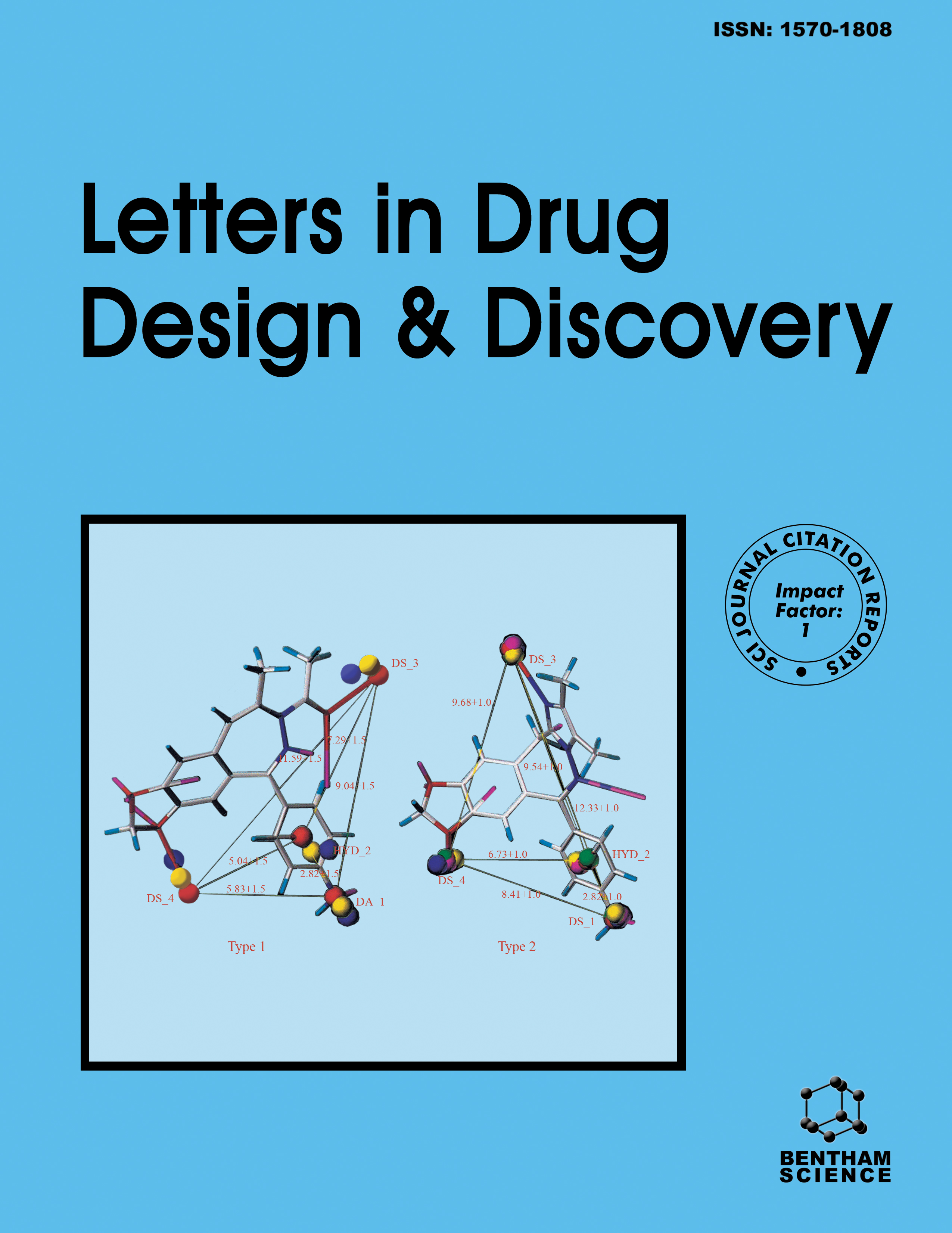
Full text loading...
We use cookies to track usage and preferences.I Understand
Intra-abdominal adhesions are a commonly occurring postoperative complication following abdominopelvic surgery. Peritoneal adhesion formation can lead to infertility, chronic pelvic pain, and intestinal obstruction. The anti-inflammatory and anti-oxidant activities of Ganoderma lucidum Karst (G. lucidum) and Ziziphus jujuba Mill (Z. jujuba) have been reported. Here, we have explored the therapeutic potential of Ganoderma lucidum Karst (G. lucidum) and Z. jujuba against postsurgical adhesion band formation. The NC3Rs ARRIVE guidelines were followed during experimental studies.
G. lucidum powder (800 mg/kg) and Z. jujuba powder (400 mg/kg) were administered using oral gavage to different groups of male albino Wistar rats. After ten days of treatment, macroscopic evidence for peritoneal adhesions and adhesion band score were determined. Furthermore, the anti-inflammatory and antifibrosis effects of G. lucidum and Z. jujuba were assessed using histopathology, ELISA, and real-time polymerase chain reaction methods. Also, alterations in some oxidative stress parameters were evaluated.
G. lucidum and Z. jujuba significantly decreased adhesion bands and were associated with a reduction in inflammatory cell infiltration into damaged tissues and the mRNA and protein expression of inflammatory cytokines via modulation of TNF-α, IL-6, IL-1β, and TGF-β. Moreover, both agents inhibited fibrotic adhesion band formation by decreasing collagen deposition and reducing profibrotic marker expression, Col1A1, at the peritoneum adhesion tissues. G. lucidum and Z. jujuba improved some antioxidant factors in rats’ adhesion tissues. The result of LC-MS showed that Ganoderma lucidum Karst and Ziziphus jujuba Mill consist of components with antioxidant activity, including ganoderic acid, lucidenic acid, quercetin, linoleic acid, malic acid, and benzoic acid.
The results have demonstrated the therapeutic potential of G. lucidum and Z. jujuba in reducing peritoneal adhesion through anti-inflammatory and anti-fibrotic properties, indicating their promising value as a new therapeutic approach in preventing postsurgical adhesion.

Article metrics loading...

Full text loading...
References


Data & Media loading...

